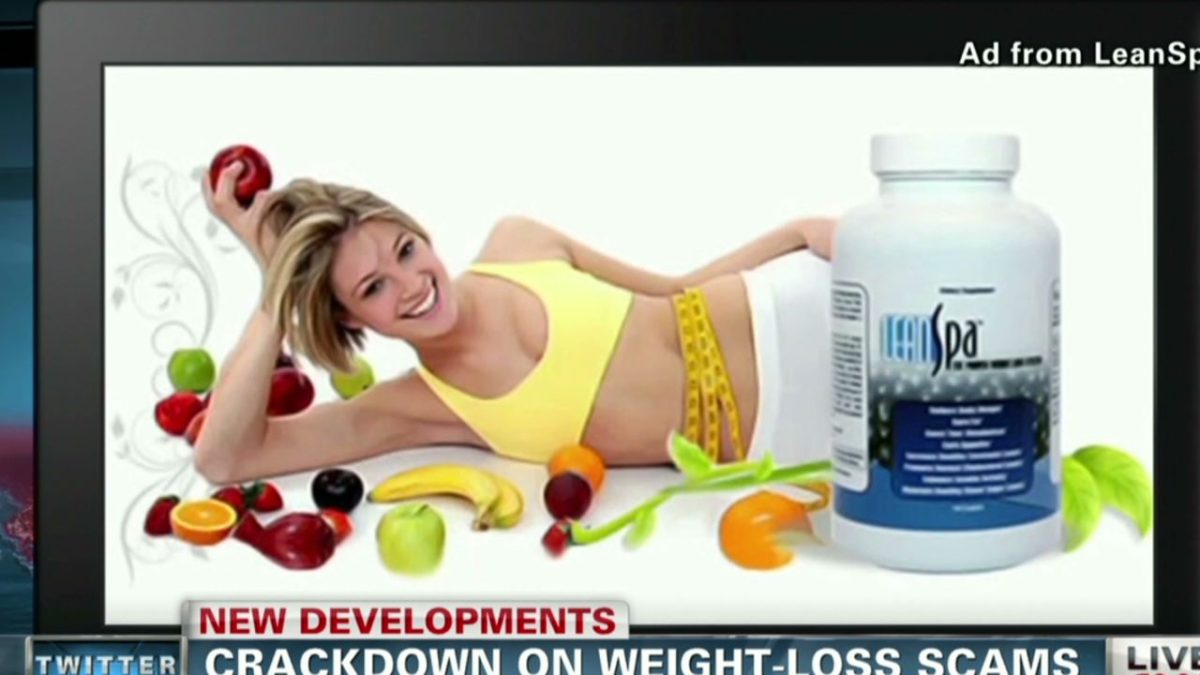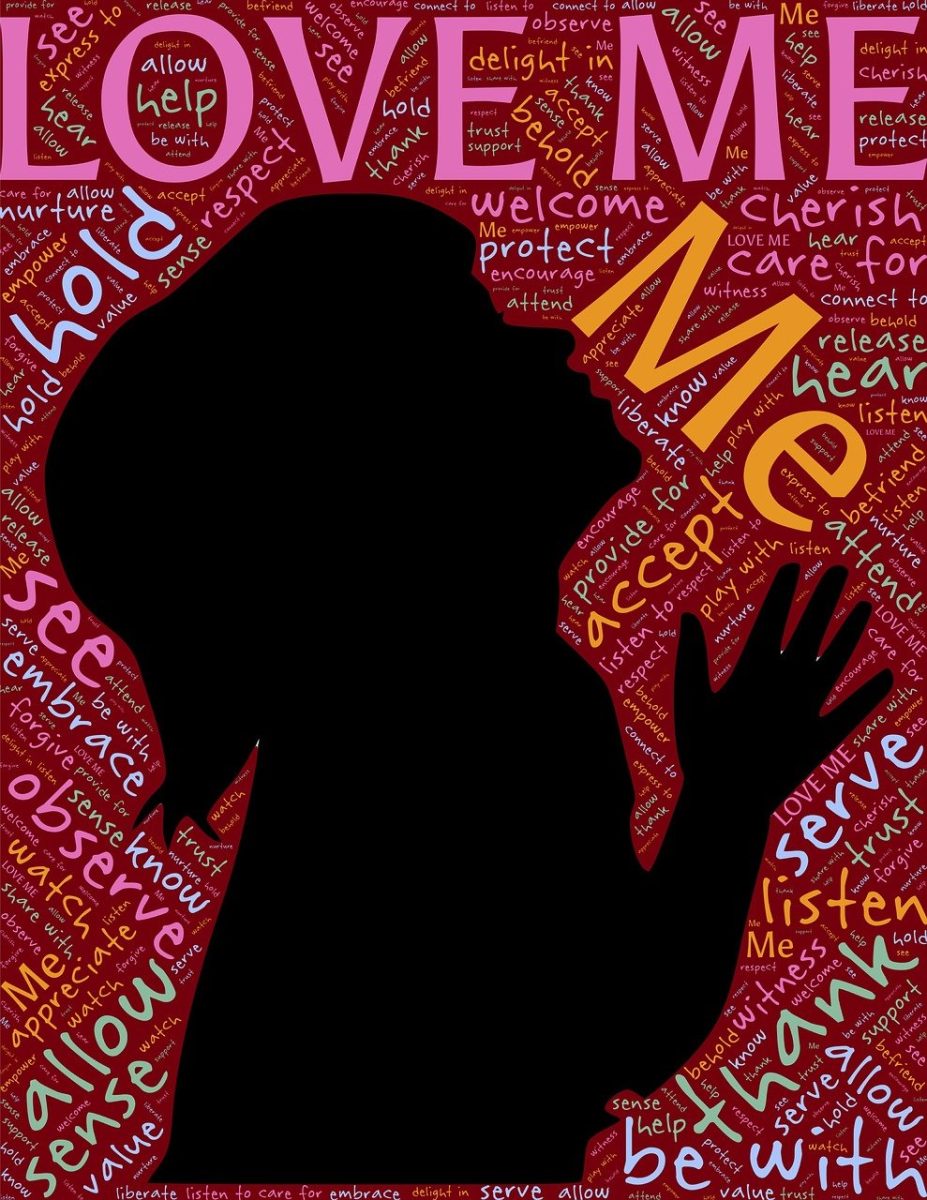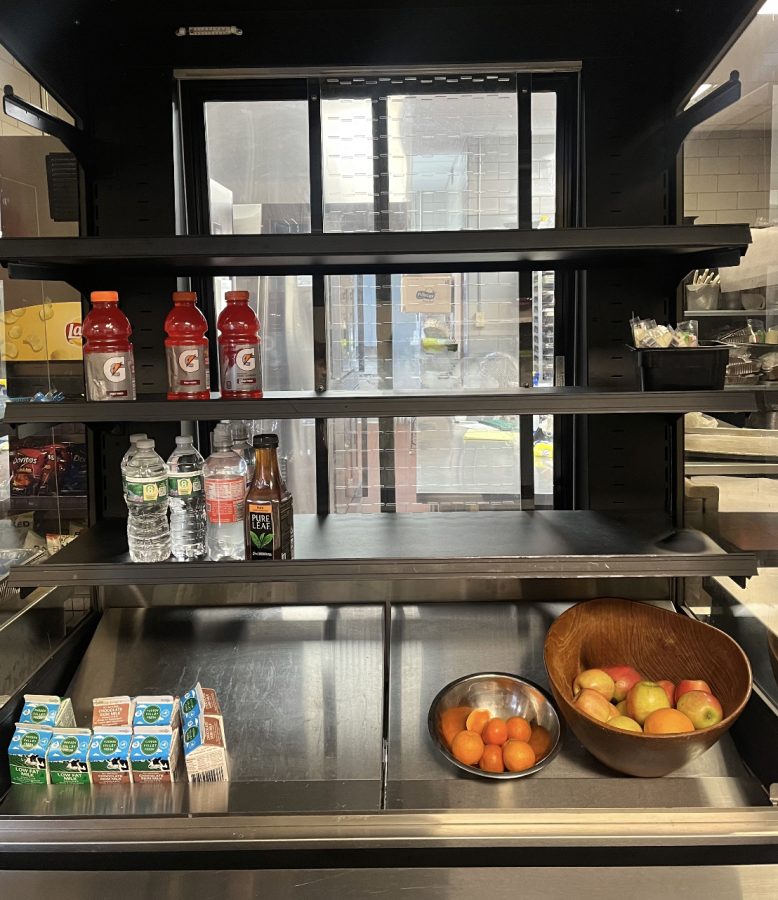Have you ever been in a supermarket and seen a sale? As prices have increased, they’ve become more common, and the price of what things were two years ago feels like we’re getting away with something. Big yellow signs, arrows and exclamation points, directing your fragile attention span to look at the words, “Buy 3 get 2 free!!” Below the signs are stacks of angel food cakes. Whatever, you came to the store for eggs, milk, garlic powder, and avocados; you don’t need angel food cake. As you walk over to the dairy section, you think about those angel food cakes. Each cake was only $5. The bright yellow letters to pull you back. If you only spent $15, you’d be saving $10. Debating, contemplation and anger turninto acceptance. Taking 5 angel food cakes, you feel judging eyes, but you know that no one is actually looking at you. Congrats, you spent an extra fifteen dollars that you weren’t going to because you had the illusion of saving money.
It doesn’t have to be angel food cakes, $5, or buy 3 get 2 free. It could be chips, sodas, cookies, anything, any price, any sale. But one of the most consistent thing you can expect in a supermarket is a sale on specifically junk food. Things with processed sugar, trans fats, or anything of that caliber. This isn’t random; this is carefully made like a disgusting piece of art in which you spend the most money and ingest the most amount of food, without questioning the legitimacy of the company or their principles. These sales have gotten bigger and bigger as time has gone on, and part of me wants to blame it on the fact things are getting more expensive; however, I know it’s because these companies are getting more bold. And by big sales, I mean stuff like “buy 7 and get 5 free” or “25% off any purchase thats above 99$”. These types of sales incentives buying more and more, even if you don’t need it. In what world would someone need twelve bags of chips? They’re simply getting people to spend more by dangling a carrot on a stick and saying you could save money if you spend a certain amount of money.
However, it’s not just the food industry that’s profiting off this epidimic of mass buying and hoarding. As previously stated, it’s fairly common for junk food to be on sale. That’s the easiest to mass produce. It’s more difficult to mass produce something that you need to grow or raise. But junk food is the most unhealthy, and because people have been buying in bulk of these items, it’s easy to gain weight without realizing. If you have twelve bags of chips, maybe one day you’ll eat a bag of chips in bed and think “Whatever, I have twelve.” Then you’ll do it again. And again. Then you’ll have none. And you’ll be craving chips. So you buy more. And you eat more. And the cycle continues. As this continues, it’s easy to think that nothing’s happening, and you’re just indulging a craving. But people gain weight and feel sluggish and overall worse when given a surplus of an intense amount of food. Unless they have an incredibly good will, it’s difficult to be put in a room with every food you love and not eat any.
This is when the fashion industry steps in. The fashion industry has been famous for body shaming, capitlizing on insecurities of both women and men, and making people feel small and large at the same time. As the food industry makes people gain weight and rakes in billions off sales alone, the fashion industry is pointing at the people who have fallen victim to this scheme and finding ways to profit off them: offering surgeries to be rid of excess fat, selling ‘waist trainers’, and shoddy medications that’ll make you “lose fifty pounds in two weeks, they just cost $300”.
These types of things have made manuevering the internet, and even real-life supermarkets and malls, all the more difficult. What’s going to work? What’s not going to work? Is that on sale because it’s going bad? Is that on sale because they want me to spend extra money? And the overall question that is, when did everything become all about money?







